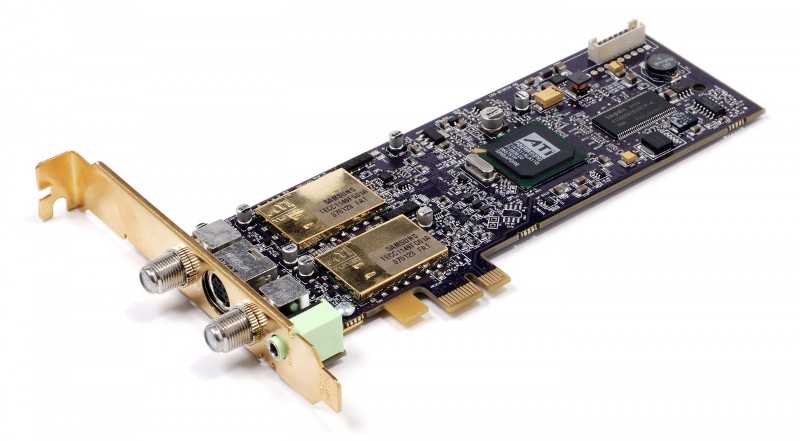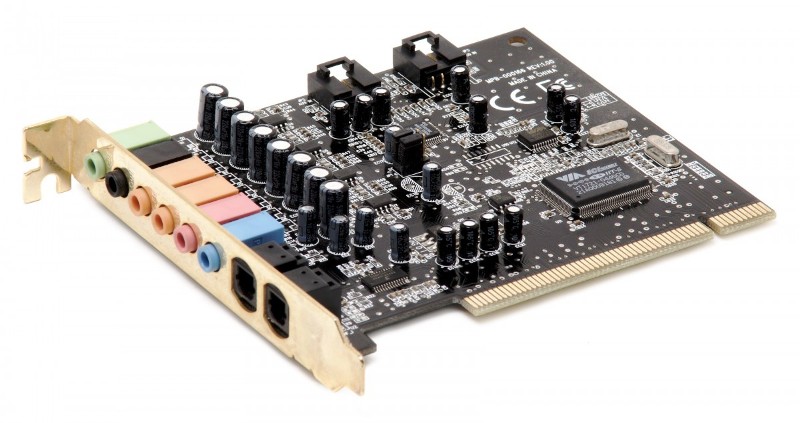Tips for Choosing a Computer Sound Card
Contents
– Sound card: to manage the computer sound
– Computer sound card: several components
– Sound card: compare and choose the sound card
Sound card: description, composition, how to choose a sound card…
The central unit of a desktop or laptop computer is composed of a graphics card, a hard disk, a DVD drive, a processor, a motherboard, RAM and a sound card which we will talk about this article.
Sound card: to manage the sound of the computer
The sound card, also called the audio card, manages all the computer’s sounds and input and output.
This card is increasingly integrated into the motherboard, but it is possible to acquire an independent sound card.
A sound card is plugged into the PCI slot of the motherboard, but you can also find cards with an ISA or PCMCIA connection for laptops.
Computer sound card: several components
The sound card of a computer is composed of:
– processor: the sound card has a DSP processor that processes the audio signals and works with the central processor;
– digital/analog converters: they convert the digital sound of the computer into analog sound for external devices such as speakers or amplifiers;
– analog to digital converters: they process the sound entering the computer in analog and convert it into digital sound to be processed by the computer.
The sound card has an audio connector that allows you to connect peripherals such as speakers, headphones, microphones…
Sound card: compare and choose the sound card

The choice of a sound card depends on the computer’s use you will have.
Sound card: comparison of the different types
Here is a comparative table showing you the different types of sound cards and their characteristics:
|
Types of sound cards for the computer |
Types of needs |
More info |
Price |
|
Integrated sound card / Standard sound card |
– Basic office use, Internet surfing, listening to standard music.
– Watching movies or playing video games. |
– The sound cards integrated directly into the motherboard can be more than sufficient.
– If the motherboard does not have a sound card, you can get a standard one. |
Sound cards are available for less than $10. |
|
Dual stereo sound card |
Watch movies or play video games. |
This type of sound card allows you to connect two pairs of speakers. |
Between $50 and $100. |
|
5.1 sound card |
– Video: This allows you to get into the heart of a game or a movie.
– Comparable to a home cinema system. |
– There are even 7.1 sound cards.
– Allows you to manage up to five voices and connect three pairs of speakers. |
High-end sound cards can cost up to $300. |
|
External sound card |
– Watch movies or play video games.
– Allows you to connect instruments, microphones… |
– It is possible to get an external sound card, in the form of a box to plug into the USB port.
– No configuration is required, but the flow of the card will be less important than for a sound card directly connected to the motherboard. |
Between $30 and $220 |
Sound card: comparison of features
If you are hesitating between different sound cards, different points will be to compare:
– Frequency:
◦ the higher the frequency of the sound card, the more your ear can perceive the nuances of sounds,
◦ for a quality equivalent to a CD, you need a frequency of 44.1 kHz, and for a High Definition audio quality, a frequency of 192 Khz.
– DSP processor power: the more powerful the sound card’s DSP processor is, the more it can process numerous audio effects without weighing down the central processor.
– Connections: check that the connections offered by the sound card correspond to the use you are going to make of it:
◦ for example: for a musician, the number and diversity of input jacks will be important;
◦ if the connectivity proposed by the sound card is insufficient, some manufacturers like Creative allow you to add a card.
Good to know: It should not be forgotten that in addition to the sound card, the choice of speakers is also essential because it will be useless to have a powerful sound card if the speakers are of poor quality.





